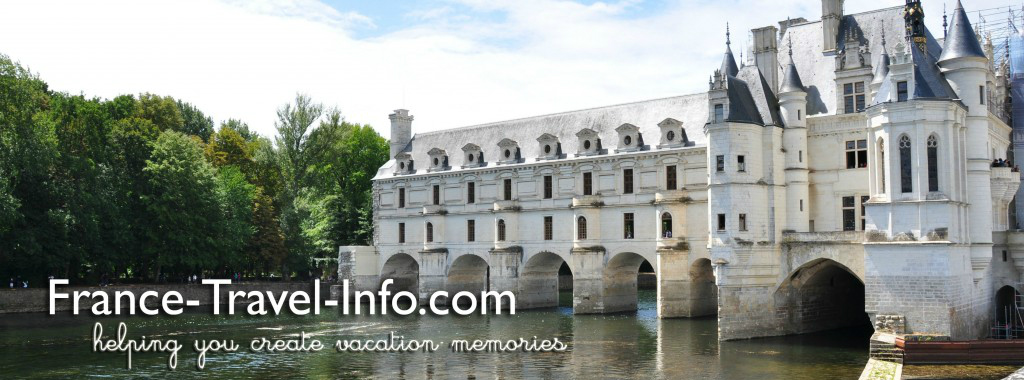Parc Monceau – a bit of England in Paris
Read my story in French »
Parc Monceau is a lovely little park in the 8th arrondissement. Slightly more than one-third the size of Luxembourg Gardens which was built to resemble the Florence gardens of Catherine de Médicis’ childhood, Parc Monceau is an English style garden. Less structured than the Luxembourg Gardens and having much more greenery and trees, the noise of the city of Paris just melted away as I wandered the little allées. The Duke of Chartres, Phillippe d’Orléans directed the building of this lovely park filled with follies, quiet paths and gurgling waterfalls.
Parc Monceau Rotunda Entrance

Entrance to Parc Monceau
Let’s start at the entrance. Parc Monceau was easy to find. I took metro line 2 to the Monceau stop in the 8th arrondissement. After an early morning walk through the Montmartre neighborhood taking photographs, I arrived at the Parc entrance. My reward was this not-to-miss rotunda.
Why build a rotunda at the entrance gates? This rotunda is actually one of just a few existing rotundas that served as barriers for tax collection points and inspection of goods entering the city of Paris. The other one anchors Le Bassin de la Villette.
Parc Monceau Pond and Follies
Entering through the majestic gates, I found this beautiful semi-circle of columns. They look like the remnants of a château or at least a very grand house. However, later research revealed that the columns are the remnants of a funerary monument designed by Catherine de Médici. She intended the funerary to house the remains of her husband, herself and their children but that never came to pass.

In its beginning stages, the funerary monument was located to the north of the Basilica of St Denis. To help you envision its projected size, this rotunda was to be 98 feet (30 meters) in diameter! The funerary never came to fruition and the Médicis were entombed inside the Basilica. The Duke of Chartres acquired and moved the columns to Parc Monceau in 1773 (Paris Secret et Insolite). Maybe it was just my imagination but the garden paths always seemed to lead me back to this beautiful pond with its majestic columns! No matter the angle, I think the views are simply breathtaking.


I discovered another beautiful view of the columns and pond when I walked to the top of this little footbridge.

Parc Monceau has both a pyramid and arch among its follies. The pyramid is almost indiscernable in the glare of the morning sun but this path afforded the best view of the pyramid without trees (and without climbing over that little barrier!).

In the background the Duke of Chartres payed homage to Egypt with this pyramid.

Part of the original 16 century façade of the Hôtel de Ville which burned down in 1871 during the Communard uprising.
Parc Monceau Statues
Multiple statues dedicated to musicians grace the Parc. Here, a T’ai-chi group surrounded the statue dedicated to the French composer Charles Gounod.

A peaceful location for a bit of T’ai-chi by the statue of Charles Gounod.

Knitting in the Parc
I thoroughly enjoyed wandering through this park with its winding paths. Based on the number of strollers and prams, both young and old alike enjoy its beauty and I lamented the fact that I had not brought a book along to just stay and enjoy the day as the woman above with her knitting.

The arc of columns is to your back in this photo but you can still see the circular base and a full column to the right of the tree.

Did you know that Claude Monet painted 6 different views of Parc Monceau? You can see them at The Met in New York.
Mon histoire en français…
Étant un tiers de la taille du Jardin de Luxembourg, le Parc Monceau est un petit jardin en style anglais. Je suis entrée par le grand portail en fer à côté d’une rotonde encore plus grande. Il y a une fois que cette rotonde servait comme un point d’inspection de lever des impôts sur les marchandises entrantes. Une autre rotonde reste encore au Bassin de la Villette.
En rentrant dans le Parc, j’étais étonnée par la grandeur des vestiges d’un monument funéraire conçu par Catherine de Médici pour son mari. Au début, ce monument a été situé juste au nord de la Basilique de Saint-Denis. Mais, c’était le Duc de Chartres qui a déplacé le monument dans le parc en 1773, les Médicis ayant été enterrés dedans la basilique. C’est vraiment majestueux, ce monument, avec ses grandes colonnes.
J’ai trouvé aussi des folies, un petit pont avec une belle vue sur les colonnes et l’étang, et un morceau de la façade originale de l’Hôtel de Ville, datant du XVI siècle. Les communards ont incendié l’Hôtel de Ville en 1871 et ce fragment garde la mémoire du bâtiment d’origine.
Il y avait un groupe pratiquant le tai-chi autour de la statue dédiée au compositeur français Charles Gounod. Avec beaucoup de chemins paisibles et de bancs accueillants, je n’ai pas été surprise d’y trouver des femmes poussant des poussettes et des gens avec leur livre. Ce parc est une véritable oasis de calme dans une ville sinon animée.


Leave a Reply